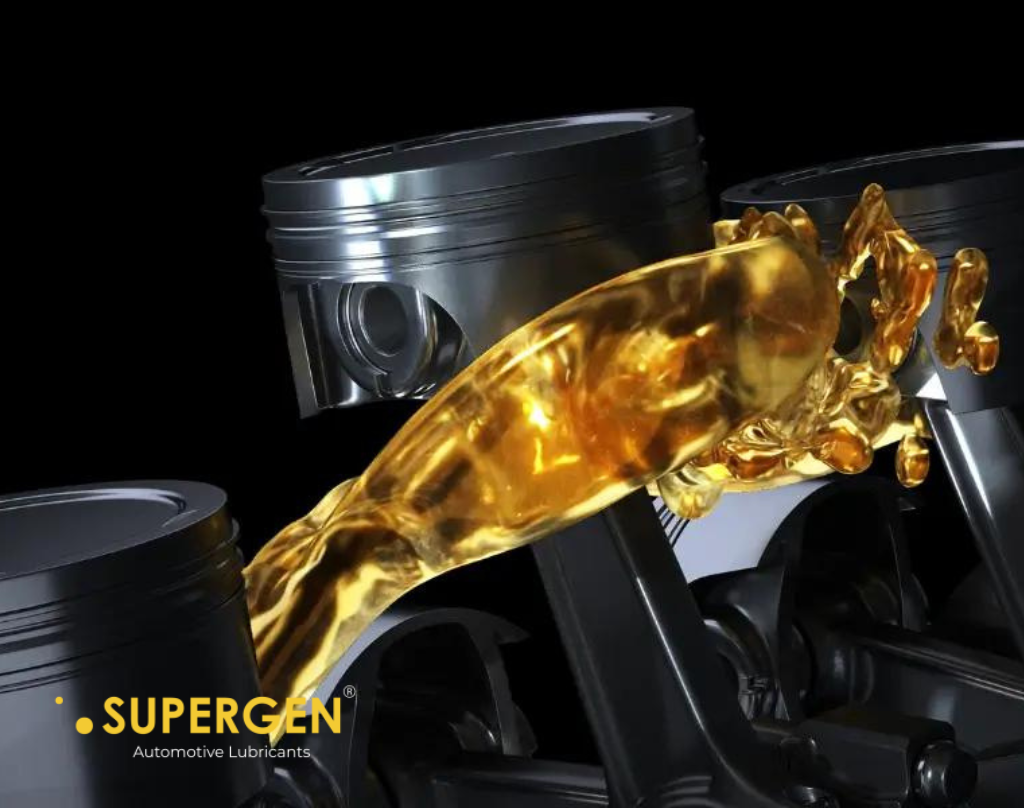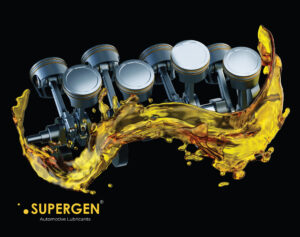Maintaining proper engine oil levels is crucial for ensuring the longevity and performance of your motorcycle. Regularly checking the oil level not only prevents potential engine damage but also allows you to address any issues promptly.
In this guide, we’ll walk you through the step-by-step process of checking your bike’s engine oil level and provide tips for selecting the best oil for your motorcycle.
How do I check the oil level on my bike?
Checking your bike’s engine oil level is a straightforward process that can be completed in just a few simple steps:
Warm up the Engine:
Start your motorcycle and let it run for a few minutes to ensure that the engine oil is warm and evenly distributed throughout the engine.
Locate the Oil Dipstick or Sight Glass:
Depending on your bike’s make and model, the oil dipstick may be located near the engine or on the side of the crankcase. Alternatively, some motorcycles feature a sight glass on the side of the engine casing that allows you to visually inspect the oil level.
Remove the Dipstick or Check the Sight Glass:
If your bike has a dipstick, carefully unscrew it from the engine casing and wipe it clean with a rag or paper towel. Reinsert the dipstick fully into the engine and then remove it again to check the oil level. If your bike has a sight glass, simply observe the oil level through the glass.
Interpret the Oil Level:
On the dipstick, you’ll typically find two marks indicating the minimum and maximum oil levels. The oil level should ideally fall between these two marks. If the oil level is below the minimum mark or if the sight glass indicates a low level of oil, it’s time to top up your bike’s engine oil.
How do I know if my bike has enough oil?
Ensuring that your bike has enough oil is essential for maintaining engine health and performance. Here are some indicators that your bike has sufficient oil:
Proper Oil Level:
After checking the oil level using the dipstick or sight glass, ensure that the oil level falls between the minimum and maximum marks indicated. If the oil level is within this range, your bike has enough oil to operate safely.
Smooth Engine Operation:
A properly lubricated engine operates smoothly and quietly. If your bike’s engine runs smoothly without any unusual noises or vibrations, it’s a good indication that it has sufficient oil.
Normal Oil Consumption:
Monitor your bike’s oil consumption over time. If you notice that your bike is consuming oil at a normal rate and there are no signs of oil leaks, it’s likely that your bike has enough oil.
How do I know if my bike oil is low?
Identifying low oil levels in your bike is crucial for preventing potential engine damage. Here are some signs that your bike’s oil may be low:
Oil Warning Light:
Many modern motorcycles are equipped with an oil pressure warning light on the instrument panel. If the oil pressure warning light illuminates while you’re riding, it could indicate low oil levels or insufficient oil pressure.
Visible Oil Leaks:
Inspect your bike for any visible oil leaks, especially around the engine, oil filter, or drain plug. If you notice oil pooling under your bike or dripping onto the ground, it could be a sign of low oil levels.
Engine Noise:
Insufficient oil levels can lead to increased friction and wear on engine components, resulting in unusual noises such as knocking or ticking. If you hear any unusual sounds coming from your bike’s engine, it’s essential to check the oil level immediately.
How do I know how much oil is in my motorcycle?
Determining the exact amount of oil in your motorcycle requires checking the oil level using the dipstick or sight glass. Follow the steps outlined earlier to check the oil level, ensuring that the oil falls between the minimum and maximum marks indicated on the dipstick or within the appropriate range in the sight glass.
Which oil is best for a bike engine?
Selecting the right oil for your bike’s engine is crucial for optimal performance and longevity. Consider the following factors when choosing the best oil for your bike:
Viscosity:
Consult your bike’s owner’s manual for the recommended viscosity grade. Common viscosity grades for motorcycle engine oil include 10W-40, 15W-50, and 20W-50, with the first number representing the oil’s viscosity in cold temperatures and the second number indicating viscosity at operating temperatures.
Additives:
Look for oils specifically formulated for motorcycles, as they often contain additives designed to enhance performance and protect against high temperatures and engine stress.
Manufacturer Recommendations:
Some motorcycle manufacturers recommend specific oil brands or formulations tailored to their engines. Following these recommendations can ensure compatibility and optimal performance.
How can I check my oil level at home?
Checking your bike’s oil level at home is a simple task that requires minimal tools and expertise. All you need is a clean rag or paper towel and access to the oil dipstick or sight glass on your bike’s engine. Follow the steps outlined earlier to check the oil level, ensuring that the engine is warm and the bike is on level ground for accurate measurements.
Conclusion
Regularly checking your bike’s engine oil level is a fundamental aspect of motorcycle maintenance that ensures optimal engine performance and longevity. By following the simple steps outlined in this guide and selecting the right oil for your bike’s engine, you can keep your motorcycle running smoothly for miles of trouble-free riding.








